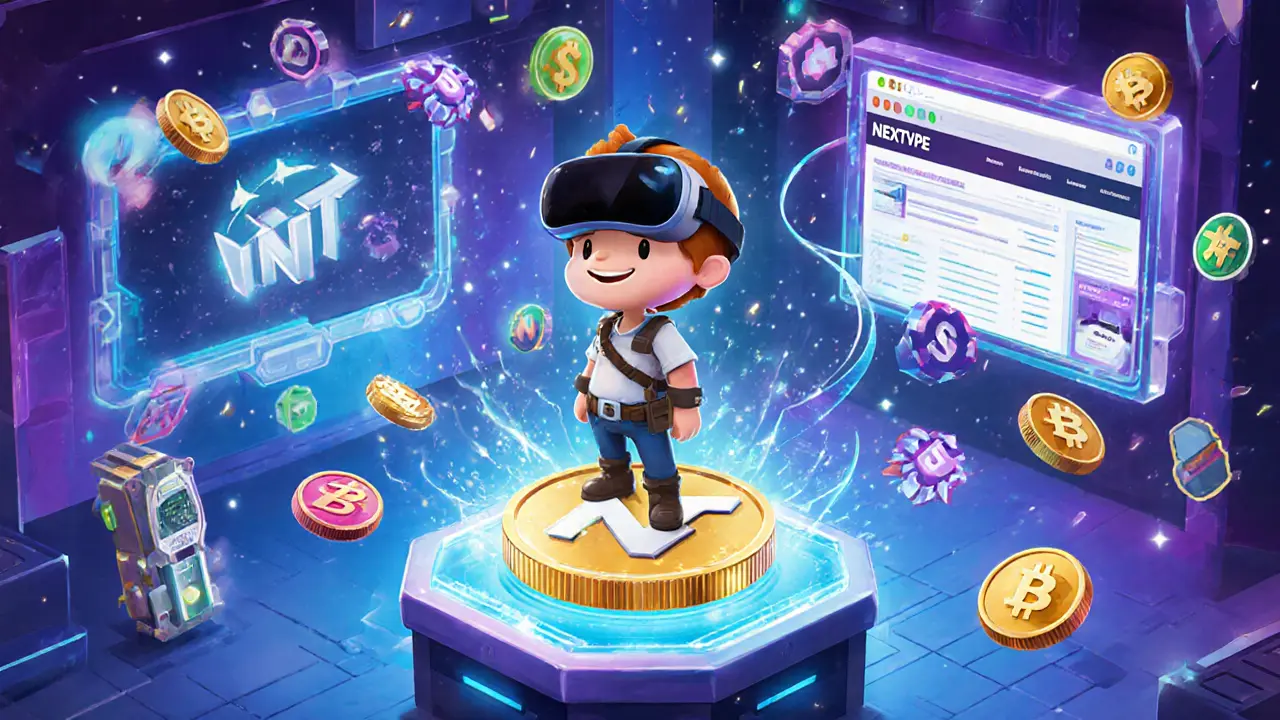Understanding NFT Gaming Tokens
When diving into NFT gaming token, a digital asset that blends non‑fungible token uniqueness with in‑game utility, you're stepping into a space where GameFi, the fusion of gaming and decentralized finance reshapes how players earn, trade, and own digital goods. NFT gaming token isn’t just a collectible; it powers economies, fuels rewards, and lets developers lock value into gameplay.
One of the biggest draws is the Play-to-Earn, a model where gamers receive real‑world value for in‑game actions. This model requires solid Tokenomics, the set of rules governing supply, distribution, and incentives to keep the economy healthy. A well‑designed tokenomics plan ensures that rewards stay attractive without flooding the market, which in turn sustains player interest and long‑term token value.
Core Elements That Shape NFT Gaming Tokens
First, utility matters. An NFT gaming token must do more than sit in a wallet; it should unlock features, grant voting rights, or act as a stake in a game's future. Second, staking adds a layer of engagement. By locking tokens, players earn extra rewards or exclusive items, creating a feedback loop where participation drives token demand. Third, airdrops serve as a growth hack—free token distributions that attract new users and reward loyal community members. Each of these components interacts with the others: staking boosts token scarcity, airdrops boost distribution, and utility ties everything back to the game itself.
Security can’t be an afterthought. Because NFTs are immutable, a flaw in the smart contract could lock up valuable assets. Audits, bug bounties, and transparent development roadmaps help mitigate risk. Moreover, cross‑chain compatibility is becoming a standard expectation; players want to move tokens between Ethereum, Polygon, or Solana without losing value. This interoperability expands the token's reach and opens up secondary markets where rare NFTs fetch premium prices.
Community dynamics also dictate success. A vibrant Discord or Telegram group can turn a modest token launch into a viral phenomenon. Community governance—where token holders vote on game updates or treasury allocations—empowers players and builds trust. When developers listen to feedback, token holders feel ownership, and that sense of belonging often translates into higher token retention rates.
Finally, keep an eye on market trends. In 2025, meta‑gaming platforms are merging with DeFi protocols, offering yield farming on gaming tokens alongside traditional staking. Regulatory shifts around NFTs and digital assets are also shaping how projects structure token sales and airdrops. Staying informed helps you spot opportunities, whether you’re a player hunting for the next big reward or an investor evaluating long‑term potential.
Below you’ll find a hand‑picked collection of articles that dive deeper into each of these topics—from tokenomics breakdowns of specific projects to step‑by‑step airdrop guides. Use them to sharpen your strategy, avoid common pitfalls, and make the most of the rapidly evolving NFT gaming token landscape.

